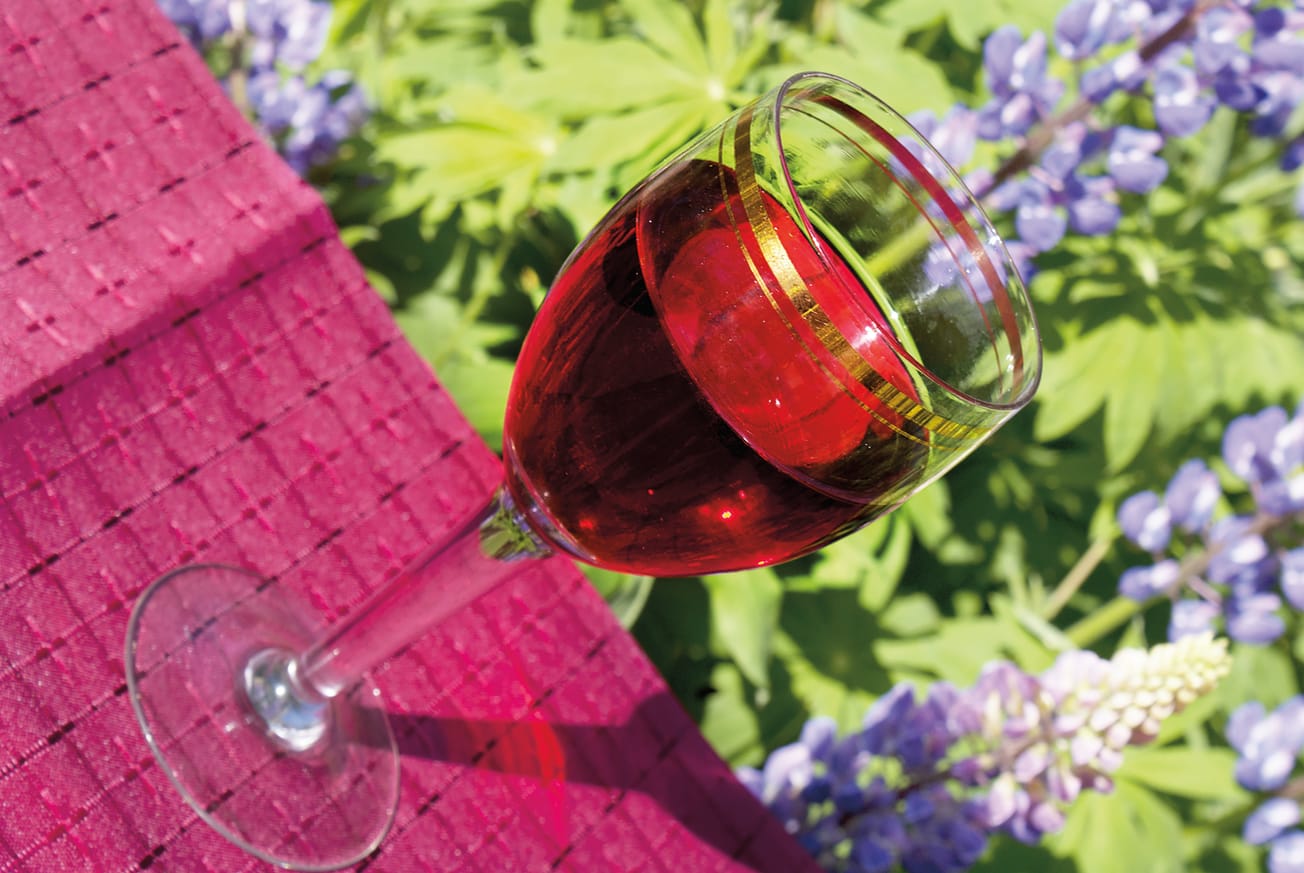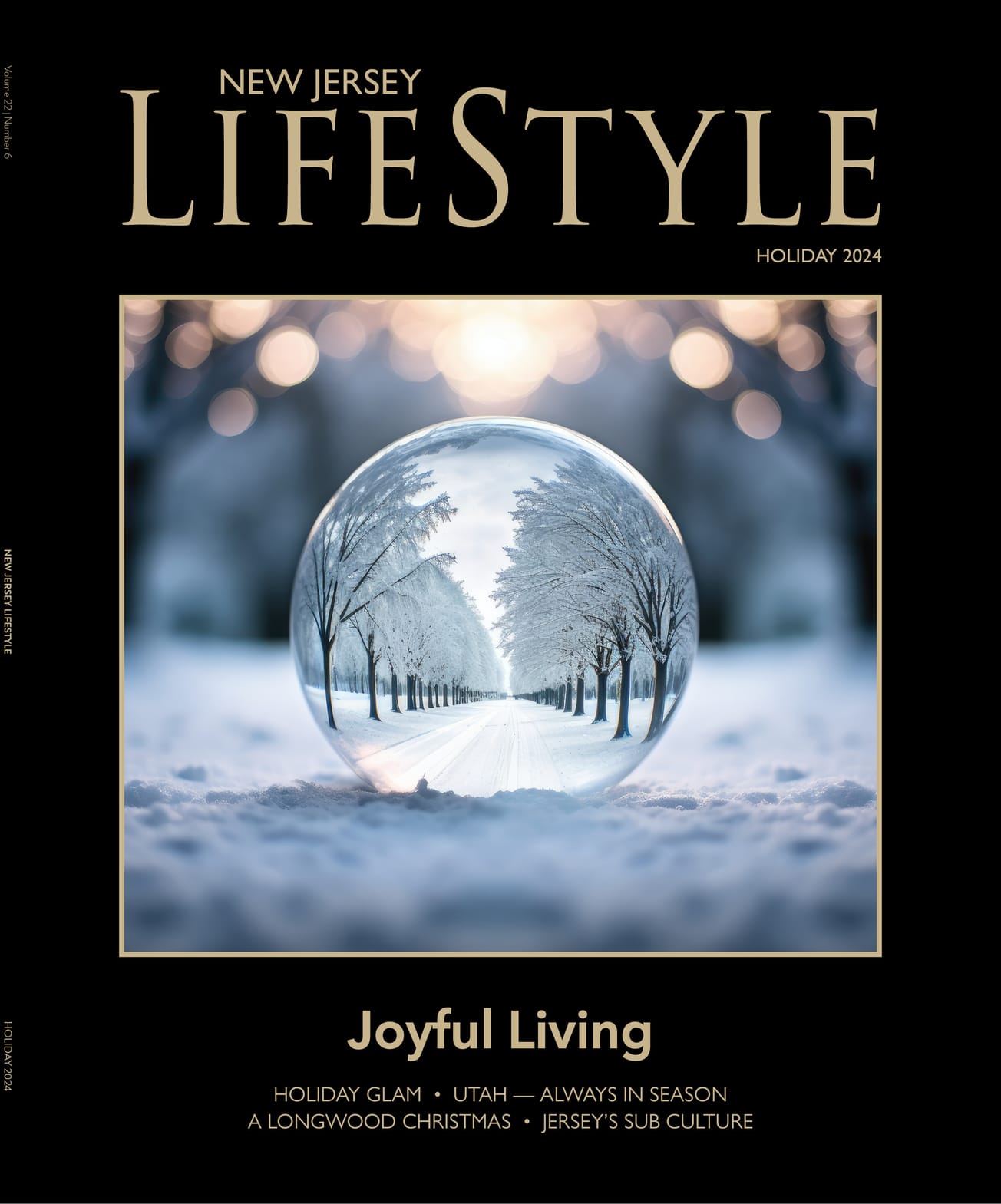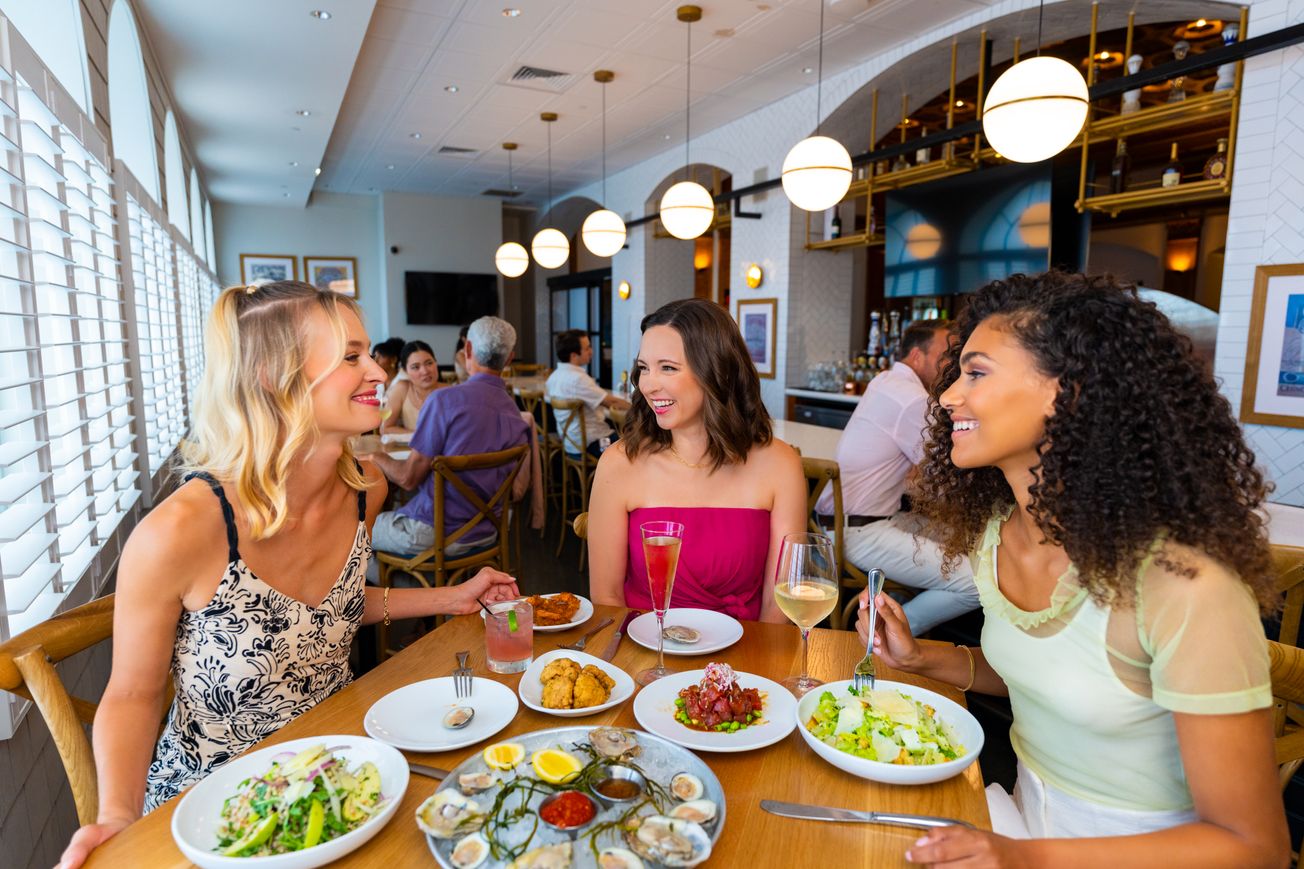Greetings and happy fall/winter! I’m excited about the change in the season and all that it brings, especially with food and wine. We have a great series of Q&A questions in this issue. As always, if there’s anything left unanswered, please reach out to me using my email below.
Wine Q&A (Q4 2024)
Are single vineyard wines better or worse than blends?
It depends on personal preference and the context of the wine. Single vineyard wines often showcase the unique terroir of a specific location, allowing consumers to experience the distinct characteristics that come from that particular site. They can be more expressive and reflective of the vintage. Remember, this is Terroir. On the other hand, blends can offer a harmonious balance of flavors and complexities that highlight the strengths of different grape varieties or regions. Ultimately, neither is inherently better or worse; it’s about what experience you’re seeking in a wine. One thing is for certain: Exploring both can lead to a richer appreciation of the diverse world of wine.
What are your Old World wine recommendations for a traditional Thanksgiving feast?
Great question! For a traditional Thanksgiving feast with an Old World twist, here are a few picks:
1. White Burgundy (Chardonnay): A classic choice, White Burgundy from the Côte de Beaune region in France offers rich, buttery flavors with an elegant minerality that pairs wonderfully with turkey and creamy sides.
2. Gavi (Cortese): This Italian white wine from the Piedmont region is crisp and refreshing, with notes of green apple and citrus. It complements lighter dishes and can balance the richness of traditional sides.
3. Pinot Noir from Burgundy: A quintessential pairing for Thanksgiving, Burgundy Pinot Noir is known for its finesse and complexity. It can beautifully enhance the flavors of turkey and stuffing with its bright cherry and earthy notes.
4. Chianti Classico: This Sangiovese-based wine from Tuscany has bright acidity and cherry flavors, making it a great match for savory dishes like roasted meats and rich sides.
5. Spanish Garnacha: A fruit-forward Garnacha from regions like Priorat or Navarra can add a lovely spice and berry character to the table, pairing well with both turkey and heartier sides.
These Old World wines will not only enhance your Thanksgiving meal but also bring a touch of tradition and sophistication to your gathering. Enjoy!
I need a gift for a wine aficionado. Can you suggest a wine and vintage?
Brunello di Montalcino is known for its aging potential, and certain vintages stand out as exceptional for drinking. Here are some of the best years for Brunello di Montalcino:
1. 2010: This vintage is often hailed as one of the best in recent history, offering balance, structure, and aging potential. The wines are rich and complex.
2. 2006: Another outstanding year, 2006 Brunellos are characterized by their elegance and depth, with great aging capacity.
3. 2004: This vintage is noted for its superb quality, with wines that are approachable but have the structure to age well.
4. 1997: A legendary vintage, 1997 Brunellos are known for their richness and complexity. Many wines from this year are still drinking beautifully.
5. 1999: This year produced wines with great balance and aging potential, making them enjoyable now or for years to come.
6. 2015: A more recent vintage that has shown promise, with wines that are approachable yet structured, making them enjoyable in their youth and capable of aging.
While these years are often noted for their quality, individual wines may vary, so it's always a good idea to check specific producers and their offerings.
When and why do you decant a wine?
Decanting wine is appropriate in several scenarios, each serving a specific purpose:
1. Aeration of Young Red Wines: Young red wines, particularly those with high tannin content like Cabernet Sauvignon or Syrah, can benefit from decanting. Aeration helps soften the tannins and allows the wine to express its aromas and flavors more fully.
2. Separation from Sediment: Older red wines can develop sediment as they age. Decanting allows you to pour the wine gently, leaving the sediment behind in the bottle. This results in a clearer and more enjoyable pour.
3. Enhancing Aromatics: If a wine has a closed or muted nose, decanting can help release its aromas by increasing its exposure to air. This is especially useful for both young and older wines that may need a little help to reveal their full aromatic profile.
4. Full-Bodied Whites and Complex Wines: Some full-bodied white wines, like aged Chardonnay, can also benefit from decanting. It helps to integrate flavors and enhance the overall tasting experience.
5. Serving and Presentation: Decanting can add an element of elegance when serving wine at gatherings. It allows for easier pouring and can enhance the visual appeal of the wine.
Most importantly, enjoy the evolution through each sip. The best way to learn about decanting, is to experience it, in the present moment. Cheers!
Additional questions? Please email me or visit me in-store. Once again, thank you for the opportunity to connect. It is truly my pleasure.
Cheers!
Michael@passionvines.com









